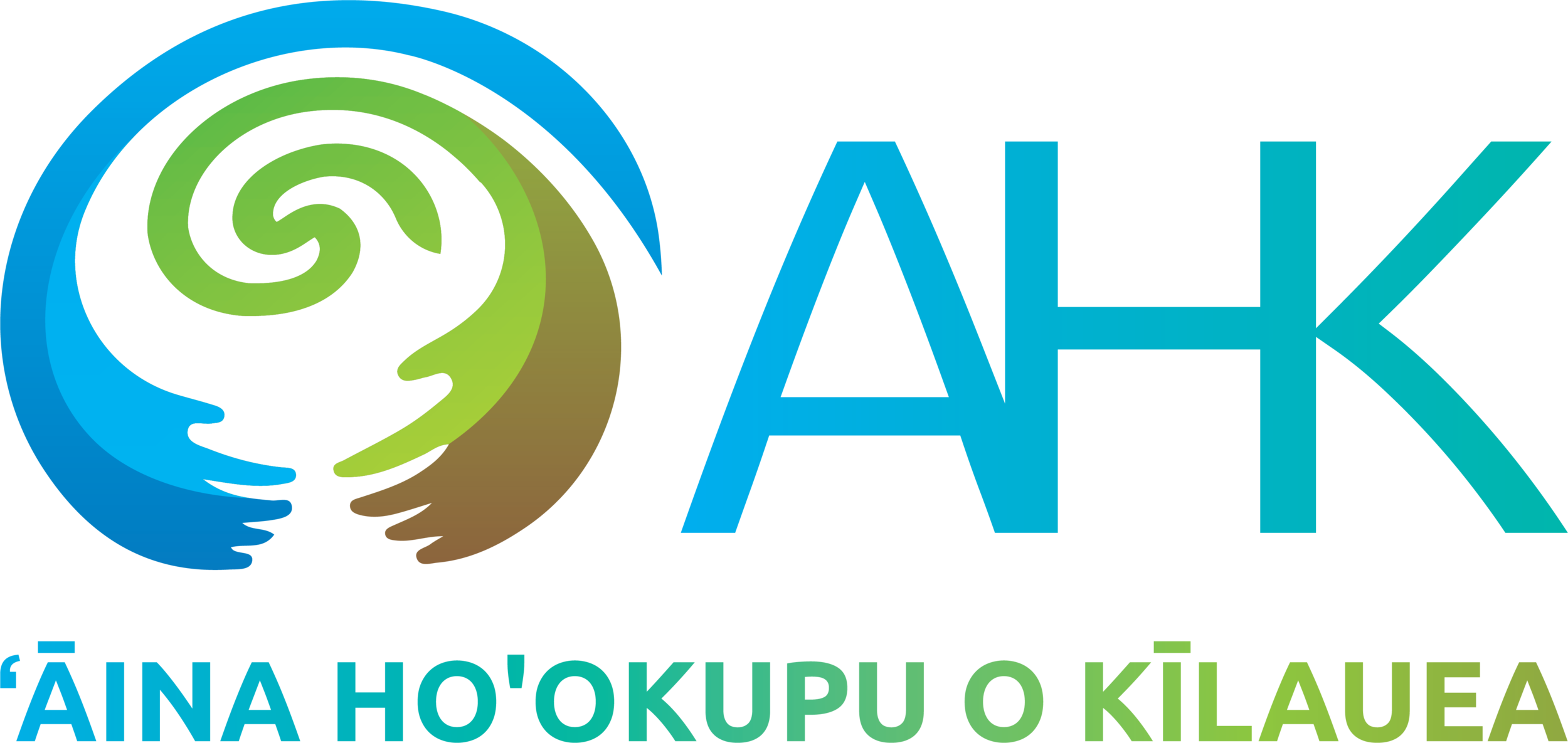Kalihiwai Reservoir
Kalihiwai Reservoir
Water Management
Kalihiwai Reservoir was planned to be the primary source of large amounts of water (wai) necessary for irrigation, to foster life and growth for the Kilauea Community Agricultural Center. It is considered to be a high hazard dam that must be either decommissioned or remediated. Due to a challenging combination of cost, liability, safety and community concerns it is currently on a pathway toward decommissioning.
Remediation of the dam and spillway (which could be designed with extra safety margins) would extend the lifespan another 50+ years. Conservation of the reservoir would preserve 40 million gallons per day of freshwater capacity for a host of potential uses:
It would provide greatly enhanced fire suppression capabilities to the entire area through its size and existing related water distribution infrastructure, including to areas currently identified as deficient, and in light of potential new standards following the tragedy on Maui.
As a certified wildlife habitat, it would protect existing wetland and fisheries for a multitude of species, including 5 endangered indigenous waterbirds.
It would preserve existing public recreational access to the resource.
KCAC currently uses potable (drinkable) County water for irrigation as it is the only source readily available.
It would provide for enough replacement of this existing irrigation potable water usage to be able to supply the entire now-being-planned affordable housing expansion of hundreds of homes in Kilauea on County land.
It would directly supply agricultural use and expansion efforts in the area at the very large volumes that are required, including KCAC.
The surface water systems in Kalihiwai and Kilauea watersheds will be part of a upcoming comprehensive WaterSmart water strategy and planning project from 2025 - 2028. This ahupua’a style planning pilot will investigate all water sources and uses, align them and develop a new locally-driven management strategy to help ensure sufficient future availability, risk management and pono stewardship of this precious community resource.
For more detailed information on the reservoir, please click on the Learn More button below, or CLICK HERE to email us with any questions related to this preservation effort.

